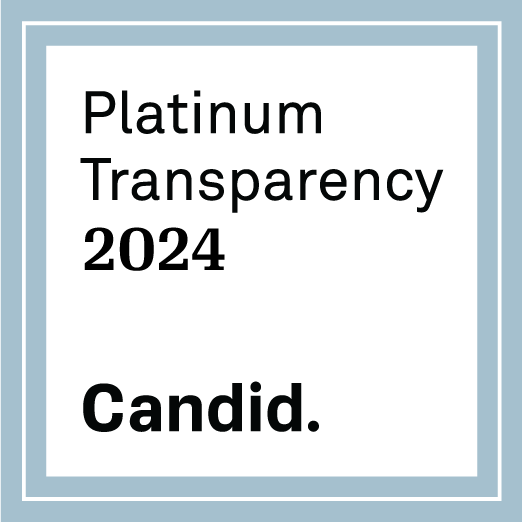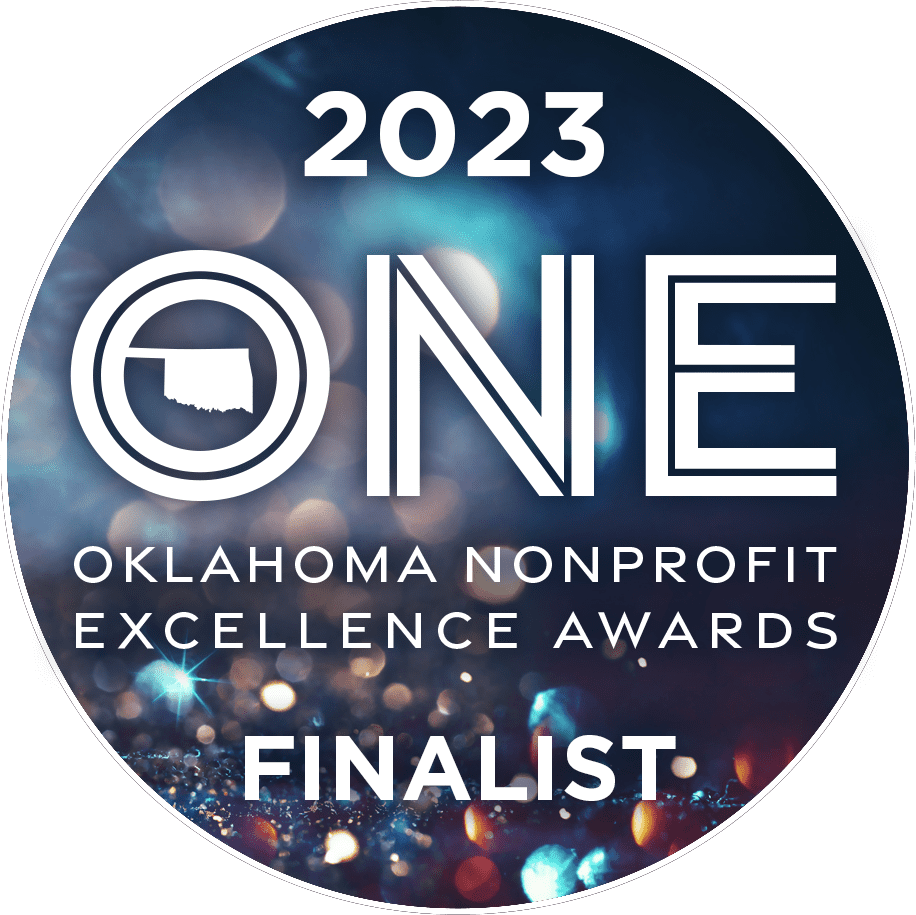[x_alert heading=”Part 4: The Problem with STEM” type=”warning” close=”true”]This letter is the 4th and final in a series exploring how Tulsa Regional STEM Alliance and our partners ensure that every student, every educator, and every community member knows they belong and are valued members of the STEM community. Over the next few months, we’ll explore how our Alliance is protecting, engendering, and advocating for the right of every child, family member, community member, and educator to truly believe they belong in STEM.
[x_button shape=”rounded” size=”regular” style=”background-color: #0496a9; color: #ffffff; font-family: ‘poppins’, sans-serif;” float=”none” href=”https://tulsastem.org/desk-june-23/” info=”none” info_place=”top” info_trigger=”hover” target=”blank” block=”none”]Read Part 1[/x_button]
[/x_alert]
Back when I began this series, I mentioned that the Oklahoma State Regents for Higher Education has stated the following goal in their new strategic plan:
Align higher education programs with workforce demand, with a goal to produce 100,000 degrees and other credentials in STEM and critical occupations by 2030 (p. 1).
Ambitious, but unlikely to be met without real shifts in the way we all operate. Why? Because there’s a problem with STEM: We diminish its worth by only talking about how much money one can make in a STEM career.
The nation’s STEM workforce and higher education staff are notably homogenous. Demographic analyses have been done ad nauseam, but the most comprehensive one I rely on comes from the National Science Foundation’s 2021 report, The STEM Labor Force of Today: Scientists, Engineers, and Skilled Technical Workers (Okrent & Burke/NSF). Their findings? The STEM workforce and degree holders are more male and white than the general population (the curious reader should explore the multitude of additional information and insights available at the linked report).
Because of this fact, too many strategies are framed by and, incidentally, for white males.
So, it should be no surprise that the efforts to dramatically change the system haven’t panned out. Keeping in mind that I am a white male, the solution is unlikely to be solved through the existing framework that dominates conversations about workforce development.
While there is much work being done by many organizations to expand STEM opportunities and affect the lagging indicators of degree attainment and job placement, the fact remains that there is much to be done. Not just work, but a new frame of reference will be required.
Shifting Focus: Understanding the Aspirations of the Learner
So far in this series, I’ve made some broad claims along the following lines:
- STEM education should inspire and prepare all students for their STEM-enabled future.
- We must create a system reliant on partnerships, centered on equity, and relentlessly focused on inclusion.
- We must upgrade STEM experiences so students have plentiful science and powerful STEM experiences culminating in full preparation for life, future education, or the workforce.
- Teaching only exists when students learn. Learning exists primarily when students feel they belong. Otherwise, they are fighting against a system instead of devoting all their minds and hearts to the experience of learning.
Today, I’ll conclude my argument by suggetsing that if we are going to convince a whole new generation – a whole new demographic of youth – who have not felt that STEM careers offer them a compelling reason to engage in STEM learning, STEM training, or STEM degrees, then we must pause and reconsider the question: what are their aspirations?
My take on this matter is notably that of a white male. But in addition to my whiteness, I have learned from the nurturing stance of the Cherokee people, embraced the feminist mindset taught to me by generations of wonderful women in my family, and worked to learn about oppression, injustice, and the experience of people who have not benefited from the privilege I’m granted in my life by no fault or doing of my own.
What I’ve learned is that those who remain disengaged in STEM are not simply disconnected from its earning potential. When we say, “Look at the money you can make!” or “You can go anywhere in the world with a STEM degree!”, these ideas simply do not connect. And so, it must be the burden of all of us–white males and otherwise–to ensure STEM opportunities are contextualized to the lived experience of our students–especially those we have left out for so long. We must listen to what they want, what they need, and what they hope for in their lives.
Embracing a New Paradigm
I have been convinced over the years that we should set aside the discussion of income as a selling point for STEM careers. We’ve known for years that Millennials, Gen Z, and the newest post-2000 generation, Gen Alphas, are just not as interested in salary as they are in things like company culture, personal values, and perhaps unsurprising as it relates to this series, a sense of belonging (Mejia/CNBC, 2018).
What resonates with me most about this is the shift happening so quickly! Something like 9% of prior generations have said salary was their primary factor. Now 86% say they’d “consider taking a pay cut to work at a company whose mission and values align with their own.” The times are changing, as they say.
Our framing must change.
As we begin this new year with our students, we’ll inevitably have the opportunity to talk to a student about the opportunities and jobs that await them if they kindle the spark you’ll most certainly see at some point. Remember this conversation and do not lead with money. Rather, rephrase your thinking around key questions that orient the conversation to the values of that student. What problems are you most interested in solving? Where do you want to live or who do you want to live near when you grow up? What makes them worried or excited about the future? Listen.
I believe youth today are centered far more around individual, community, and environmental well-being than we realize. Allow yourself to consider that the students we’re hoping will pursue STEM careers may be less interested in what money they can make and more interested in what difference they can make.
The old model isn’t working. What we’re selling, they’re not buying. But the opportunity to connect remains and, I believe, will serve as a new path from belonging to actual participation.
A New Framing for STEM: A Tool for Good
I’ll leave you with a lengthy quote from a favorite author of mine: Wendell Berry. I’m struck by his words more often than not, as he seems to see the world more clearly than most. What I understood from this quote only really made sense after I learned of the work of Professor Megan Bang from the University of Washington. In one of her papers, she said that many native youths that she worked with had heard about scientists and had negative attitudes. Scientists were the ones who were sent by the government to tell their ancestors that the fishing, timber, or mining industries would not harm anyone. The Scientists told them that the old ways of knowing, their understanding of plants, and the uses of traditional medicines were not valid in “Western Science.” Generations of destruction later, the skepticism that STEM can be a tool for nurturing rather than exploitation is a hard pill to swallow for many.
“Let me outline briefly as I can what seem to me the characteristics of these opposite kinds of mind. I conceive a strip-miner to be a model exploiter, and as a model nurturer I take the old-fashioned idea or ideal of a farmer. The exploiter is a specialist, an expert; the nurturer is not. The standard of the exploiter is efficiency; the standard of the nurturer is care. The exploiter’s goal is money, profit; the nurturer’s goal is health — his land’s health, his own, his family’s, his community’s, his country’s. Whereas the exploiter asks of a piece of land only how much and how quickly it can be made to produce, the nurturer asks a question that is much more complex and difficult: What is its carrying capacity? (That is: How much can be taken from it without diminishing it? What can it produce dependably for an indefinite time?) The exploiter wishes to earn as much as possible by as little work as possible; the nurturer expects, certainly, to have a decent living from his work, but his characteristic wish is to work as well as possible. The competence of the exploiter is in organization; that of the nurturer is in order — a human order, that is, that accommodates itself both to other order and to mystery. The exploiter typically serves an institution or organization; the nurturer serves land, household, community, place. The exploiter thinks in terms of numbers, quantities, “hard facts;” the nurturer in terms of character, condition, quality, kind.”
-Wendell Berry, The Unsettling of America: Culture and Agriculture
So, my final point in the series: STEM careers must be reframed as an opportunity for our youth to do good–to take care of the air, the water, the land, the people, and the animals. It must be a tool for solving problems our families and communities face. Otherwise, STEM will remain inaccessible because it is simply disconnected from the values that so many of the students we are missing from our field hold. If we do this right, our students, families, and communities will most certainly know that not only do they belong, but STEM is theirs to do whatever good they want to do in their world.
🚀,
Levi Patrick
STEM is Everywhere | STEM is Everyone | All are Welcome




